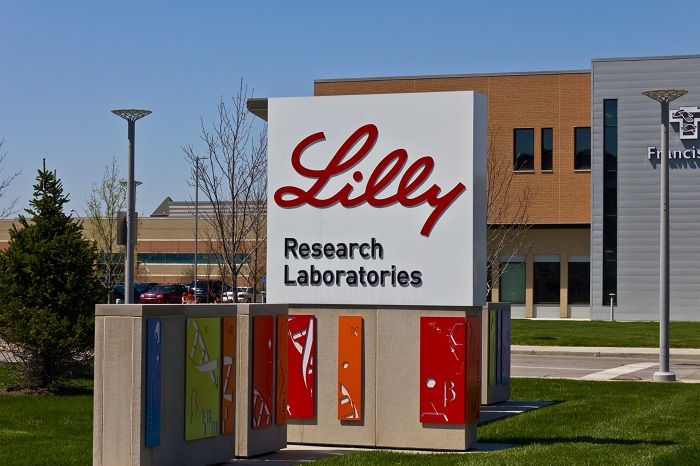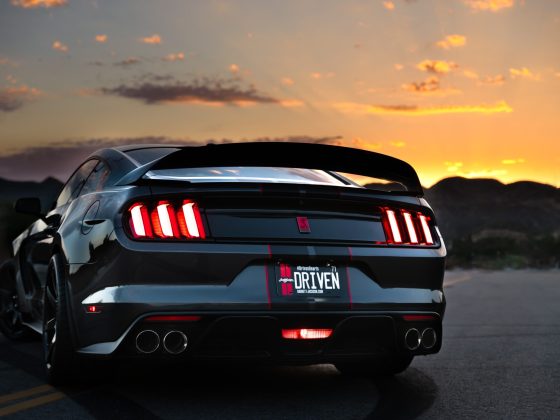Eli Lilly reported mixed fourth-quarter results on Thursday, surpassing earnings expectations but falling short of sales projections, even as demand for its flagship weight loss drug Zepbound and diabetes treatment Mounjaro continued to soar.
The pharmaceutical giant posted adjusted earnings per share (EPS) of $5.32, beating Wall Street’s forecast of $4.95, yet its total revenue came in at $13.53 billion, just shy of the expected $13.57 billion.
While these earnings showed a 45% increase compared to the same period last year, the revenue shortfall was largely due to lower-than-expected prices for Mounjaro, despite strong demand.
Eli Lilly mixed Q4 results: the reasons
Both Zepbound and Mounjaro, key drivers for Eli Lilly’s growth, have faced setbacks for two consecutive quarters.
The company cited inventory reductions among wholesalers as a factor affecting the availability of these drugs, which contributed to their underperformance in meeting sales estimates.
Mounjaro, which posted $3.53 billion in sales for the quarter—up 60% year-over-year—was expected to generate $3.62 billion, falling short due to adjustments in rebates and discounts.
Zepbound, meanwhile, generated $1.91 billion in the fourth quarter, missing the forecast of $1.98 billion but still demonstrating strong demand.
Eli Lilly Q4 results numbers
Despite these challenges, Eli Lilly’s fourth-quarter performance was strong, with net income reaching $4.41 billion, or $4.88 per share, up from $2.19 billion, or $2.42 per share, in the previous year.
Adjusted for one-time items, the company posted EPS of $5.32, maintaining positive momentum despite the sales setback.
Looking ahead, Eli Lilly has maintained its fiscal 2025 guidance, with earnings projected to range from $22.05 to $23.55 per share, matching analysts’ expectations.
Revenue for the year is projected between $58 billion and $61 billion, in line with previous forecasts.
However, the company did warn investors that demand for its weight loss and diabetes drugs would not meet its previous lofty expectations, leading to a revision of its 2024 revenue guidance earlier this year.
One of the bright spots for Eli Lilly in 2024 is the anticipated late-stage data release for its next-generation obesity drug, Retatrutide, which is expected to be announced later this year, a few months earlier than initially planned.
Unlike current treatments, Retatrutide targets three different hunger-regulating hormones, potentially setting it apart in a crowded weight-loss market.
Eli Lilly’s strategy to ramp up production for its incretin drugs, including Zepbound and Mounjaro, is starting to pay off.
The company aims to produce 1.6 times the amount of incretin doses in the first half of 2025 compared to the same period in 2024.
This increased manufacturing capacity follows the FDA’s December decision to declare the US shortage of tirzepatide—the active ingredient in both drugs—over.
Additionally, Eli Lilly’s older diabetes drug, Jardiance, saw better-than-expected sales, contributing $1.20 billion in revenue, a 50% increase from the prior year.
This includes a one-time benefit of $300 million from a collaboration agreement with Boehringer Ingelheim.
The post Why did Eli Lilly report mixed Q4 results despite soaring demand for Zepbound and Mounjaro? appeared first on Invezz


